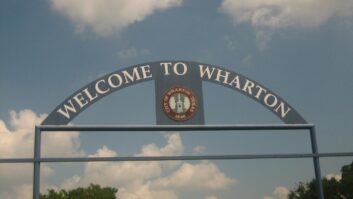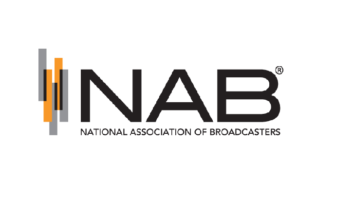WASHINGTON�A licensee of experimental AM booster stations in Puerto Rico was denied a request to set up another one because, according to the Federal Communications Commission, �nothing new or groundbreaking� would be achieved.
Though he concurred in this ruling, Commissioner Ajit Pai wrote that AM broadcasters should be encouraged to come to the FCC with their own experimentation plans for synchronous booster technology.

Licensee Wifredo G. Blanco-Pi asked the commission to review a Media Bureau decision denying his application for an experimental station in Guayama. Blanco-Pi is licensee of WISO(AM) in Ponce, P.R., plus two synchronous AM booster stations with broadcast experimental radio licenses. Blanco-Pi was given the green light to operate these to allow for synchronization experimentation with the primary AM station.�
Blanco-Pi sought to establish a third booster to cover Guayama, a community 35 miles to the east of WISO(AM), to provide it with programming from WISO. This would give that community its first all-news station, Blanco-Pi stated.
But the commission said Blanco-Pi, like previous filers in other cases,�demonstrate a �fundamental misunderstanding� of the limited purpose of a broadcast experimental radio station.
According to FCC rules, these stations are designed to encourage innovation � as such, licenses are issued for the purposes of developing and advancing new broadcast technology, equipment, systems or services. There are strict operating and reporting requirements; broadcasts of a commercial nature are not allowed, nor may the stations transmit program material unless it�s related to an experiment. Regular program service may not be broadcast unless specifically authorized, the commission rules state.
�These restrictions prevent entities from exploiting a broadcast experimental radio station for commercial purposes while functioning under the guise of an experimental station,� the FCC wrote.
Initially, the Media Bureau denied Blanco-Pi�s application on the grounds that the proposed 0.5 mV/m daytime and nighttime groundwave contours would extend beyond WISO(AM)�s 0.5 mV/m daytime and nighttime groundwave contours. Then it reconsidered and found that an experimental booster was not actually prohibited from exceeding its primary station�s predicted coverage contours.
But that wasn�t enough to reverse the ruling in its entirety. In the end, the bureau denied the reconsideration request because it found that �nothing new or groundbreaking concerning the operation of AM synchronous stations will be gleaned by permitting [Blanco-Pi] to add a fourth AM synchronous transmitter to the existing WISO synchronous network.�
The full commission agreed, saying that Blanco-Pi did not detail the new knowledge he expects to gain as a result of adding the proposed Guayama experimental facility.
Rather, his principal arguments for the new booster station are on extending WISO�s program service to Guayama and that this can be accomplished more efficiently and inexpensively through use of an AM synchronous booster than by conventional means. According to the FCC, Blanco-Pi�s purpose is not utilizing radio waves in experiments with a view to development of science or technique, but rather extending the signal coverage of WISO(AM) to another area of Puerto Rico.
�Expansion of existing program service, with no apparent experimental benefit does not justify licensing a broadcast experimental radio station,� the FCC wrote. �Moreover, establishment of a new AM booster station merely to extend the service of an existing AM station impermissibly circumvents our commercial AM filing window and competitive bidding processes.� As a result, it dismissed Blanco-Pi�s application for review.
Commissioner Pai agreed but said that this order should not deter other AM broadcasters looking to perform legitimate experiments with synchronous boosters. �If broadcasters wish to test whether synchronous transmission systems can help improve signal quality within their coverage area, I believe that the commission should facilitate such experiments as we search for ways to revitalize the AM band,� he wrote.










